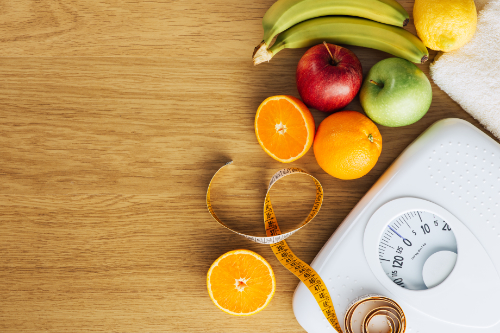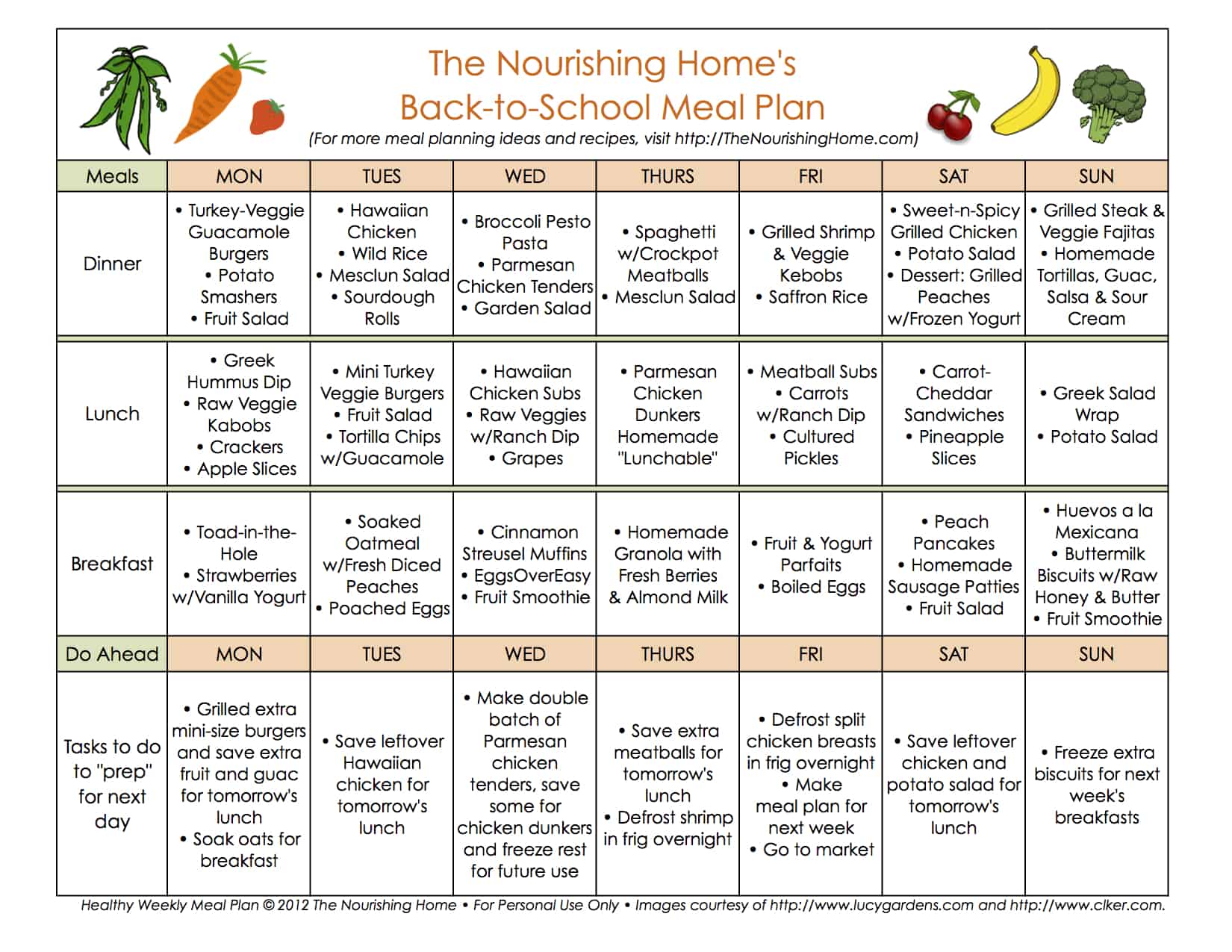
Health and Lifestyles is a representative study of the British public. The survey aims to assess the health of the population and their exercise and diet habits. It was done between May and Juni 2009, and the results are widely reported. These data are used in order to determine the best health-care programs. The study included a large number of people, around half of them over 40. Participation in Health and Lifestyles has many benefits.
It is the nation's first large-scale study on British health and lifestyles. The survey revealed that many factors influence a person's life, including their physical fitness, psychological state, life circumstances, health-related behavior, and even their mental health. This study uses the social and emotional contexts of the individual to determine patterns of health-related behaviour and provides important insights into what factors impact lifestyles and health. It helps researchers identify the causes of many common illnesses, as well as those that can be prevented.

Health and lifestyles researchers struggle with two major problems. First, the ability to measure community health behavior. The second is that the analytical methods used are not up to date with theoretical developments. Although some studies use cluster analysis and factor analysis, many fail to test causal hypotheses. However, they are more comprehensive than most studies. A more detailed understanding of the relationship between health and lifestyles can help policymakers improve policies and promote healthy living.
Research on health and lifestyles focuses on differences between groups. The study revealed that children in the "safety-problems" class had lower behavior scores, than children who were categorized in the more stablely positive class. Hypothetical children in the "safety" class were at or above the sampling mean for all outcomes. These results revealed that those who were from lower social classes or higher social status led healthier lives than the rest.
Numerous studies have found that there is a relationship between a healthy lifestyle, and the development of psychosomatic symptoms. This relationship varies depending on gender and country. The lower the symptoms, the healthier someone is. When they lead a healthy lifestyle, for example, the symptoms of boys in Greece and Ireland were less severe. These findings are essential for determining how to improve children's lives. The study also points to the importance of maintaining a balanced lifestyle in terms of nutrition and exercise.

Psychosomatic symptoms can be linked to a healthy lifestyle. This is complicated. It is dependent on the country and the sex of the person. A healthy lifestyle scores higher, which means that symptoms will be less severe. Additionally, the association between a healthy lifestyle with psychosomatic symptoms seems strongest in boys who have lived in countries with healthier lifestyles. The findings vary from one place to the next. This study highlights the importance physical activity has on the quality of your life over the long-term.
FAQ
What is the problem with BMI?
BMI is the acronym for Body Mass Index. It measures body fat based upon height and weight. Here is how to calculate BMI using the following formula.
Weight in kilograms divided by height in meters squared.
The result can be expressed as a number between zero and 25. A score greater than 18.5 is considered overweight. A score greater than 23 is considered obese.
A person who weighs 100 kilograms and is 1.75m tall will have an BMI of 22.
Exercise: Good or bad for immunity?
Exercise is good exercise for your immune system. When you exercise, your body produces white blood cells which fight off infections. Your body also gets rid of toxins. Exercise can help prevent heart disease and cancer. It reduces stress.
Exercising too frequently can make your immune system weaker. If you work out too hard, your muscles become sore. This can cause inflammation as well as swelling. In order to fight infection, your body must produce more antibodies. This can lead to allergic reactions and other autoimmune disorders.
So, don't overdo it!
What are the top 10 healthy habits?
-
Eat breakfast every day.
-
Don't skip meals.
-
Maintain a balanced diet.
-
Get lots of water.
-
Take care to your body.
-
Get enough sleep.
-
Avoid junk food.
-
Get at least one form of exercise each day.
-
Have fun
-
Make new friends
Why does our weight change with age
How do I know if my bodyweight changes?
Weight loss happens when there is less muscle mass and more fat. This means that you must consume more calories than you use daily. Activity levels are the most common reason for weight loss. You can also lose weight due to stress, illness, pregnancy, hormonal imbalances and certain medications. Weight gain is when there are more calories than muscle mass. It happens when people eat more calories than they use during a given day. Common reasons include overeating, increased physical activity, and hormonal changes.
The main reason why our bodies lose weight is because we consume fewer calories than we burn. The main reason we lose weight is because we exercise more often. This increases our metabolism rate and burns more calories each day. However, this doesn't mean that we'll necessarily get thinner; what matters is whether or not we're losing fat or gaining muscle. If we're burning more calories than we're consuming then we're going to lose weight. If we consume more calories that we burn, we are actually storing them in fat.
As we age, our ability to move around is slower and we are less mobile. We also tend have less food to eat than when our children were young. Therefore, we tend to put on weight. On the flipside, we are more muscular than we really need and appear bigger.
There's no way to tell how much weight you've lost unless you weigh yourself every week. There are many different ways to measure your weight. You can gauge your waist size, hips, hips, thighs and arms. Some people prefer using bathroom scales and others prefer tape measure.
You can track your progress by weighing yourself at least once per week and measuring your waistline every month. You can also take photos of your self every few months to track how far you've come.
You can also look up your height, weight and body measurements online to determine how much you weigh. If you are 5'10" tall, and you weigh 180 lbs, then you would probably weigh 180 lbs.
Statistics
- WHO recommends consuming less than 5% of total energy intake for additional health benefits. (who.int)
- According to the Physical Activity Guidelines for Americans, we should strive for at least 150 minutes of moderate intensity activity each week (54Trusted Source Smoking, harmful use of drugs, and alcohol abuse can all seriously negatively affect your health. (healthline.com)
- nutrients.[17]X Research sourceWhole grains to try include: 100% whole wheat pasta and bread, brown rice, whole grain oats, farro, millet, quinoa, and barley. (wikihow.com)
- WHO recommends reducing saturated fats to less than 10% of total energy intake; reducing trans-fats to less than 1% of total energy intake; and replacing both saturated fats and trans-fats to unsaturated fats. (who.int)
External Links
How To
What does "vitamin" actually mean?
Vitamins are organic compounds found naturally in food. Vitamins help us absorb nutrients from foods we eat. Vitamins cannot be produced by the body. They must be acquired from food.
There are two types vitamins: water soluble or fat soluble. Water-soluble vitamins dissolve readily in water. Vitamin C,B1(thiamine), B2 (2riboflavin), and B3 (3niacin), as well as vitamin C,B1, B2 (riboflavin), and B3 (niacin), vitamin B6 (pyridoxine), vitamin folic acid (biotin), pantothenic, and choline are examples. The liver and fatty tissues are home to fat-soluble vitamins. Examples include vitamin D, E, K, A, and beta carotene.
Vitamins can be classified according to biological activity. There are eight major groups of vitamins:
-
A - essential for normal growth and maintenance of health.
-
C - vital for proper nerve function, and energy production.
-
D - Essential for healthy teeth and bones.
-
E - Required for good vision & reproduction
-
K - required for healthy muscles and nerves.
-
P - vital for building strong bones andteeth.
-
Q – aids digestion of iron and iron absorption
-
R - Required for red blood cell production
The recommended daily intake (RDA), of vitamins varies with age, gender and physical condition. The U.S. Food and Drug Administration has established the RDA values.
For example, the RDA for vitamin A is 400 micrograms per dayfor adults 19 years or older. Pregnant women require 600 micrograms daily to support fetal development. Children ages 1-8 require 900 micrograms per day. For infants younger than one year, 700 micrograms are required daily. However, this number drops to 500 micrograms each day for children aged 9-12 months.
Children aged between 1-18 years require 800 micrograms of sugar per day, while overweight children need 1000 micrograms. Children who are underweight receive 1200 micrograms every day to meet their nutritional requirements.
Children ages 4-8 years who have been diagnosed with anemia need 2200 micrograms per day of vitamin C.
2000 micrograms is the minimum daily intake for adults over 50 years old to maintain good health. Due to their increased nutrient needs, pregnant and breastfeeding women need 3000 micrograms daily.
Adults over 70 years of age need 1500 micrograms per day since they lose about 10% of their muscle mass each decade.
Women who are pregnant and lactating need more nutrients than the RDA. Pregnant mothers need 4000 micrograms per daily during pregnancy and 2500 after giving birth. Breastfeeding mothers require 5000 micrograms daily when breast milk production is occurring.